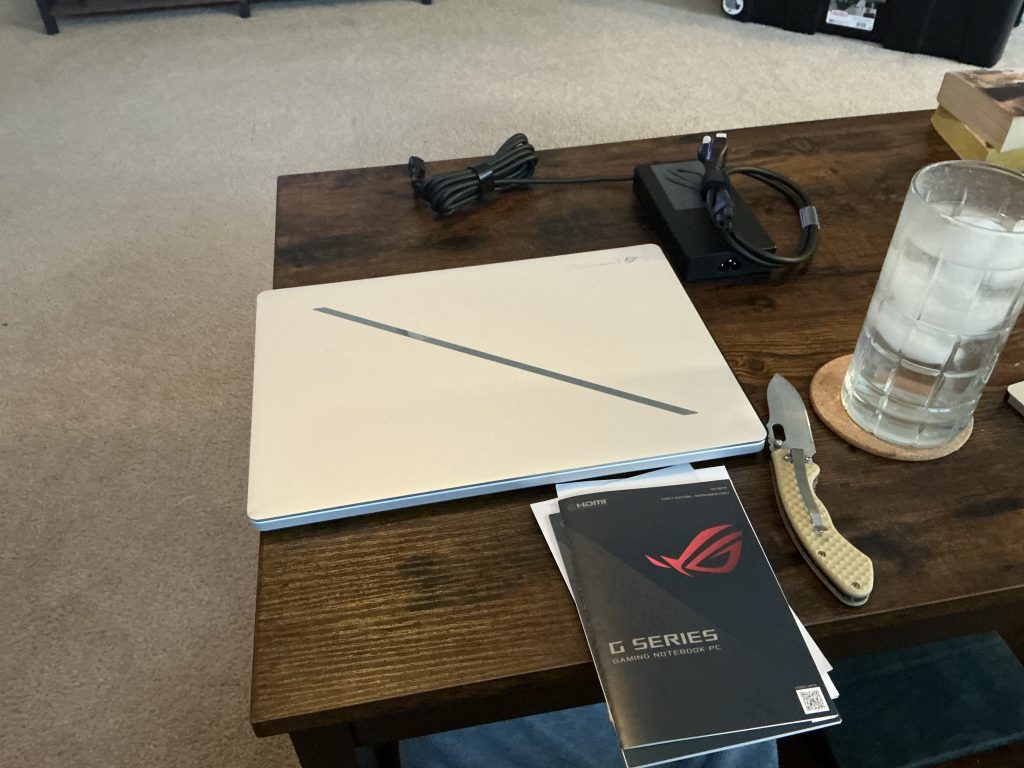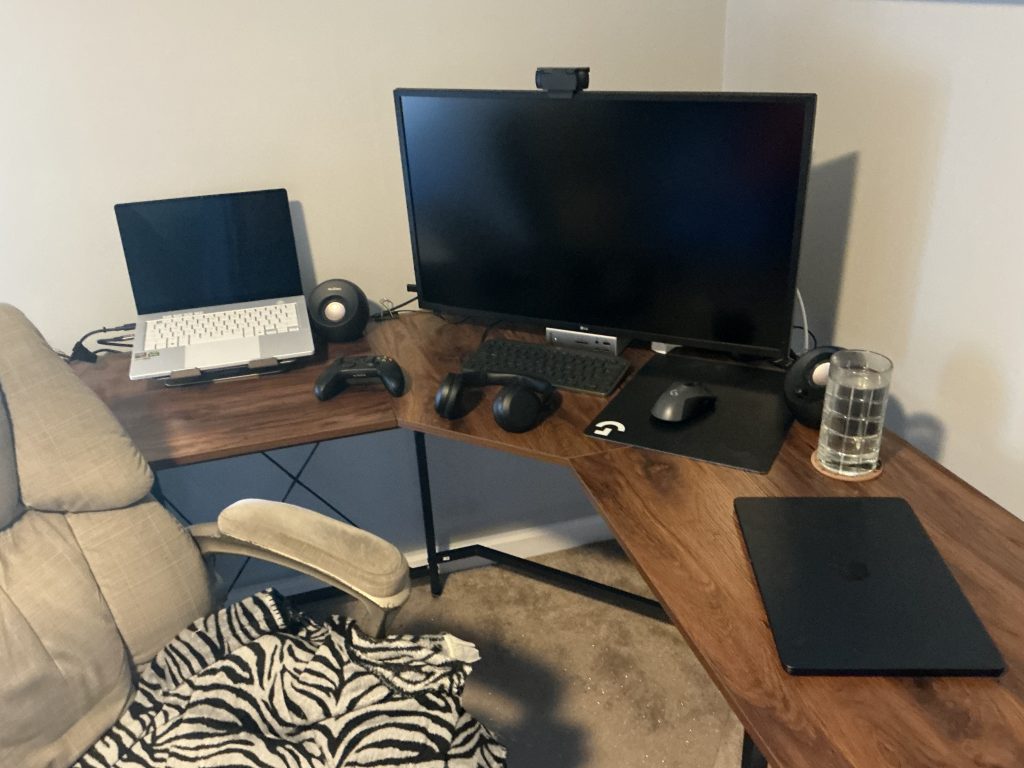So, for a while now I’ve been pretty pissed off with the iPadOS edition of Tahoe and how it handles files. At this point, I’m pretty sure that it’s just broken and I should hope for iPadOS 27.
The first indication of woe, the canary if you will, was VLC being a steaming pile of bantha poodoo. Now, admiringly, VLC on iPad is pretty crappy compared to how awesome it is on basically every desktop platform, and even a few TV centric ones. But its problems are in terms of usability and features. Also, sometimes getting shafted by the platform.
For a good while, I’ve noticed that VLC would lose access to files on USB. Initially, it would play content, but subsequently picking files would fail to playback when trying to access the files. At first, I actually considered the drive could be going bad, but this was ruled out by using other devices.
Simple solution to that of course is one of my network’s core resources: a file server, ya know, that thing that’s cut down on the amount of removable media that I’ve needed over the past fifteen years. VLC seems to work fine with that.
Then enter the “Why the fuck can’t I actually edit a text file” problem.
Trying to access files in the sense of Files -> app works fine. But the pipeline for saving them back seems to be broken. At first, I didn’t spot it, since the editor I was using falls back to saving to its application folder rather than throwing an error–yeah, that’s stupid. But it’s at least pretty obvious when you go open the file somewhere else (or even on the same iPad) and it’s missing your changes.
So, for sake of sanity, of course I tried a different editor and this was effectively the same. Except that one didn’t fallback to its application folder. At this point, I was pretty sure that it’s either the Files app or iPadOS’s APIs for brokering file access.
The part that removed all doubt, in what I’ve been suspecting since the issues with VLC started. The same thing happens when using my USB drive :).
There’s also the stupidity where attempting to paste another file over to the file server results in Files throwing a permissions error. While connected to a share with the exact same credentials my other systems use and successfully, ya know, edit and create damn files. I consider that double confirmation.
Ahh, sometimes I wish iPadOS was worth a damn. The only thing truly unique versus other tests is that it’s running iPadOS, where my other points of reference are running macOS, Linux, and NT–and just work fine.

